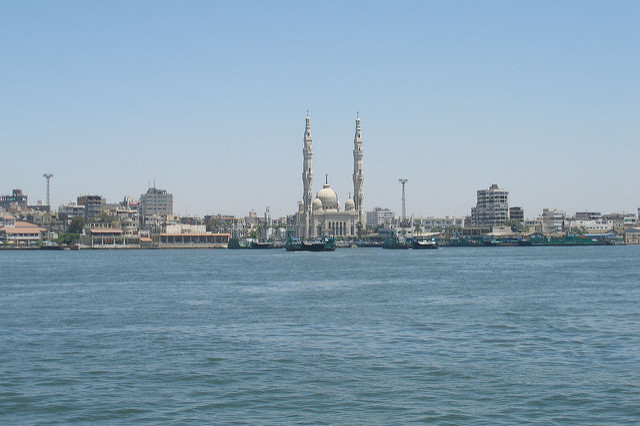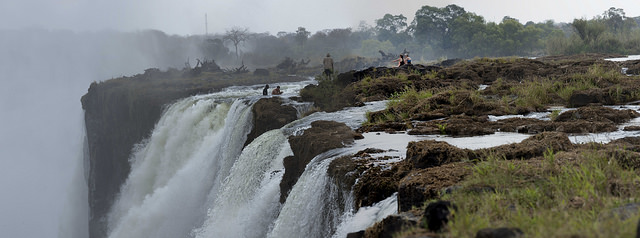Top Watery Wonders in the World
Check out the following places and include it in your bucket list:
Victoria Falls, Zimbabwe-Zambia
When the calm flowing water of the Zambezi River encounters the 5,578-foot-wide (1,700-meter-wide) edge of the Victoria Falls gorge, it abruptly plunges 328 feet (100 meters) to bottom. The impact generates soaring mists and thunderous sounds that may be seen and detected for excellent distances. Throughout the rainy season—mid-November through late April—the falls just about disappear behind a thick wall of mist; at other times, the water volume noticeably eases.
Canals of Venice, Italy
Best enjoyed outside the heat of summer, the Venetian canals and their gondolas offer one among the world’s most romantic experiences: gliding slowly down narrow palazzo-lined canals on a moonlit night. Venice city could be a town built on water. The canals—some one hundred fifty of them—link nearly 700 small islands to form what appears a floating town. Everybody should travel by foot or boat, guests and locals alike. The nearly two-mile-long (three-kilometer-long) Grand Canal, the most water thoroughfare, is lined by luxurious, centuries-old palazzos with ornate Renaissance-style facades and is spanned by the intricately designed Rialto Bridge. When the distance is far, the swift vaporettos (water taxis or buses) are handy.
Great Barrier Reef, Australia

Li River, China
The 51-mile (83-kilometer) stretch of the Li River between Guilin and Yangshuo cities in China has inspired writers and artists for thousands of years. Here the Li River snakes through a fairy-tale landscape of conical limestone peaks, its smooth water exquisitely mirroring the magical scenery. The vistas are particularly enchanting when flowing mists weave themselves around the peaks, hiding them and then exposing them in moments of surprise. The mountains are vestiges of ancient eroded seabeds that support graceful bamboo groves and terraced rice paddies. Each bend of the river reveals something new and interesting to see, from lumbering water buffalo pulling carts or cooling off in the river to fishermen gliding on narrow bamboo rafts.
Suez Canal, Egypt

Image by Lip Kee,american_rugbier,Argenberg,Grey World Under Creative Common License.


